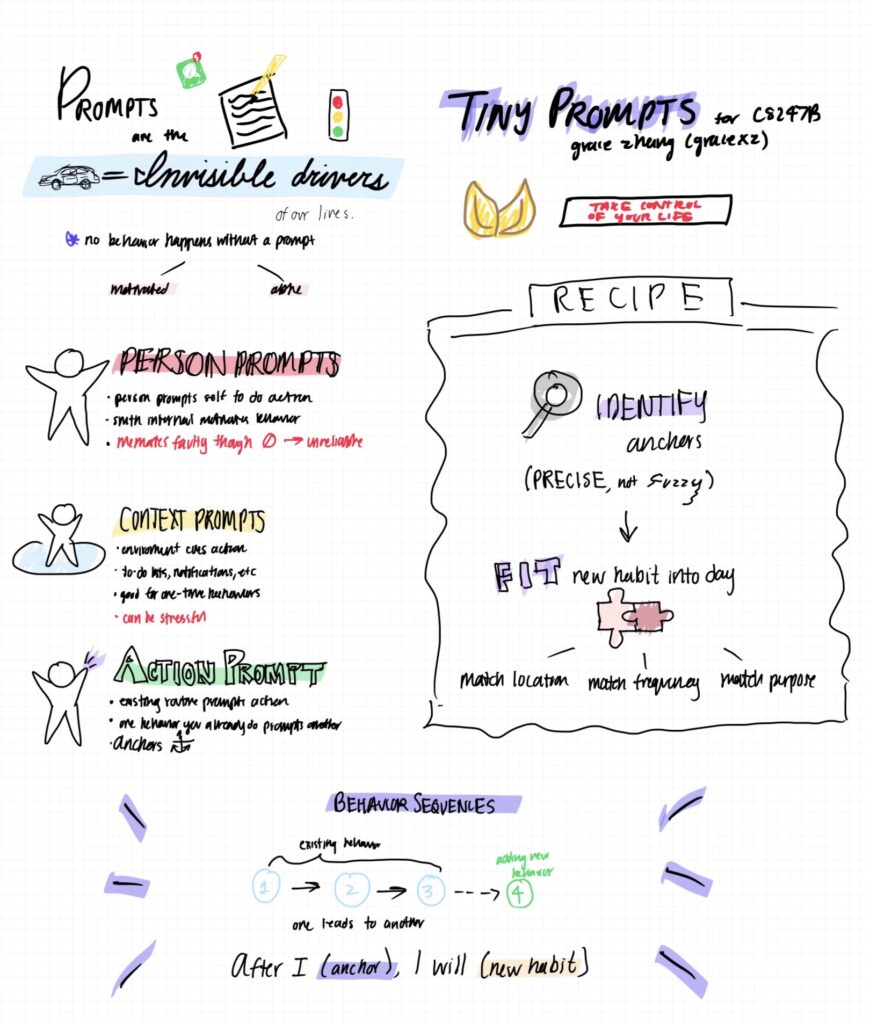Behavior
The behavior I chose to focus on for this exercise was scrolling on social media, specifically TikTok. I noticed that while I feel in control of my social media usage when engaging with other mobile apps, TikTok can easily take over hours of my free time if I am not careful. Particularly, when I have time in between lunch and my afternoon/evening classes, since it is not enough time to go to the gym, for example, so I just have unstructured, free time in my room while my friends are in class.
Experience
While tracking my activity throughout the weekend, I soon realized that I felt much more accomplished during the days I went lifting in the gym. Not only because I am getting stronger, but also because it is a social activity (I usually go with friends), it makes me feel energized, and the long showers afterwards make me feel refreshed, all which are a good combination for being on top of my school work and avoiding having random periods of free time in my room. On the other hand, having unstructured free time in my room leads me to “doomscroll” endlessly on Tiktok, which then leads me to having loads of work piling up, which makes me stressed about work, but being stressed only makes me want to be on my phone longer to “destress,” which creates a cycle and increases the time I spend on Tiktok overall.
Models


What I would do differently
I would want to look more closely/in more detail at how I spend time in my room and what co-varying factors influence whether I choose to take a nap, listen to music, do work, or just lay in bed and scroll on Tiktok. I definitely noticed that the more time I spend in my room, the more I scroll on Tiktok, but I know I also do a bunch of other activities that do not involve social media. I would like to examine closely in order to understand how I can spend time in my room and unwind/actually destress as opposed to falling into the loop described in the circular model.



